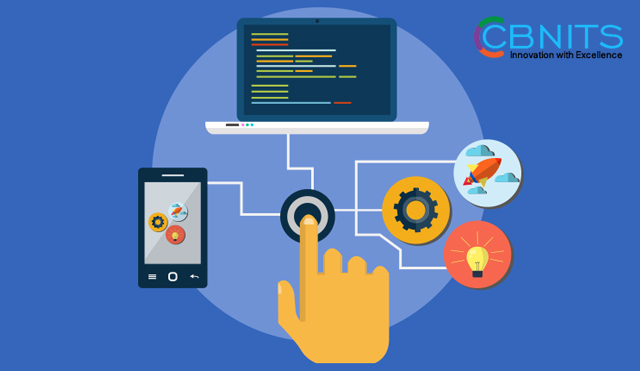Low-Code development- fad or future? Know what the Engineers at CBNITS are saying.
 |
In a growing trend, more businesses are adopting low code platforms as a way to accelerate development and offload some development tasks to business users. Low-code is a software development approach that enables the delivery of applications faster and with minimal hand-coding. Low-code development allows to quickly build enterprise-ready apps with attractive UIs. Leading low-code systems provide OOTB (out-of-the-box) functionality, which eliminates the need to build core modules for apps from scratch.
Low-Code
Development- Fad or Future?
According
to Gartner, low-code will be responsible for more than 65% of application
development activity by 2024 and the pressure to deliver digital solutions to
respond to the COVID-19 pandemic has only accelerated this adoption.
Engineers
at CBNITS are of the opinion that low-code software platforms fast-track
digital programs by enabling a wider, non-technical audience to rapidly
assemble solutions. From fintech solutions to agile workplace innovation and
massive legacy migration projects, low-code development accelerates and
simplifies the creation of enterprise apps while making your mobile
app development team more productive.
A
range of organizations with limited financial resources has leveraged low-code
software development to achieve business goals and deliver customer experiences
that simply wouldn’t have been possible using traditional software development
models. According to the software engineers of CBNITS, unlike traditional
development technologies, which take months to build new apps, low-code
platforms can help build a business-ready app within weeks.
Benefits
of Low-Code Software Development
·
Direct integrations and
low-code API accessibility
·
Lower barrier to entry,
cost and deployment time
·
Speeding up development
cycles
·
Limited expertise in
coding necessary
·
Drag-and-drop workflow
designers
·
Maintainable solutions
that are easy to scale on cloud-native architecture
·
Workflow
testing/prototyping facilities
CBNITS
developers suggesting the top 5 low-code development platforms software
1-
OutSystems
OutSystems
is the most complete full-stack application development platform.
2-
UiPath RPA | Robotic Process Automation
UiPath
is leading the “automation first” era – championing a robot for every person
and enabling robots to learn new skills through AI and machine learning.
3-
Spring Boot
Spring
Boot makes it easy to create stand-alone, production-grade Spring-based
Applications.
4-
Salesforce Lightning Platform
Lightning
Components to enable anyone to quickly and easily create modern enterprise
apps.
5-
Appian
Appian
provides a leading low-code automation software development platform that
enables organizations to rapidly develop powerful and unique applications.
By
making software development drastically quicker, low-code development platforms
also make your business more agile and flexible. Since the modules available on
low-code platforms are pre-tested to work together seamlessly, any new features
can be added without worrying about compatibility.



I admire this article for the well-researched content and excellent wording. Low-code development platforms enable IT to quickly assemble new processes and build applications without having to research, write, and test new scripts. This content will be helpful to know more about low code app development services.
ReplyDelete